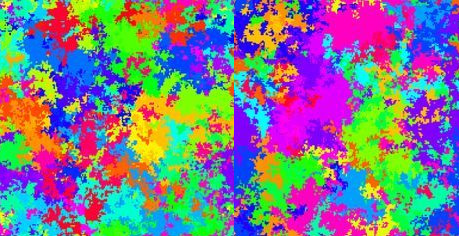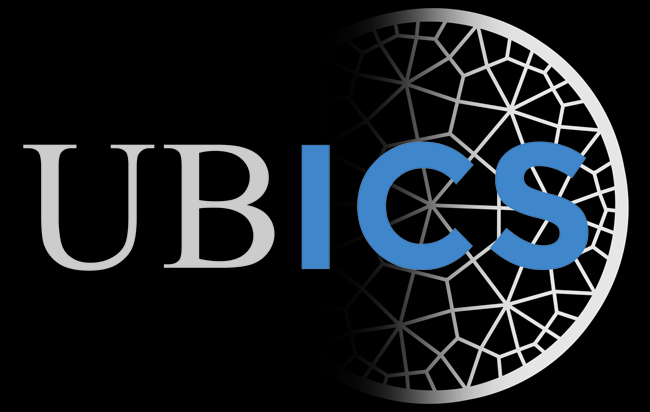Events
-
Speaker
Marc Grau Leguina (University of Bern)Description
Empirical data on real complex systems are becoming increasingly available. Parallel to this is the need for new methods of reconstructing (inferring) the structure of networks from time- resolved observations of their node-dynamics. The methods based on physical insights often rely on strong assumptions about the properties and dynamics of the scrutinized network. Here, we use the insights from machine learning to design a new method of network reconstruction that essentially makes no such assumptions. Specifically, we interpret the available trajectories (data) as “features” and use two independent feature ranking approaches—Random Forest and RReliefF—to rank the importance of each node for predicting the value of each other node, which yields the reconstructed adjacency matrix. We show that our method is fairly robust to coupling strength, system size, trajectory length, and noise. We also find that the reconstruction quality strongly depends on the dynamical regime.
Link to the paper: M. G. Leguia, Z. Levnajic, L. Todorovski, and B. Zenko, “Reconstructing dynamical networks via feature ranking,” Chaos 29, 093107 (2019)
-
Speaker
Miquel Angel Pujana (Institut Català d'Oncologia - Institut d'Investigació Biomèdica de Bellvitge)Description
During past years there has been substantial progress in the development of precise therapies and in the knowledge of the molecular mechanisms that mediate therapeutic benefit in cancer. However, global cancer survival remains around 50% and, in this scenario, therapeutic resistance is the major cause of care failure. Critically, the set of molecular factors that influence a given therapeutic response is generally unknown. Since the activity of genes and/or proteins is coordinated in complex networks to execute cellular functions, the final result of a given therapy depends on the activity of many "modulators or modifiers" of therapy. Our group aims to systematically identify such modulators for cancer gene drivers, which will provide fundamental insight to improve cancer care.
-

Speaker
Andrea Baronchelli (City University of London)Description
How do conventions emerge and evolve in complex decentralized social systems? This question engages fields as diverse as sociology, economics, cognitive science and network science. Various attempts to solve this puzzle pre-suppose that formal or informal institutions are needed to facilitate a solution. The complex systems approach, by contrast, hypotheses that such institutions are not necessary. In this talk, I will discuss theoretical and experimental results that demonstrate the spontaneous creation of universally adopted social conventions. Then, I will discuss how social norms change, showing how historical data and lab experiments indicate that abrupt transitions between competing norms do not require the intervention of a centralized authority. Finally, I will present some recent results on the modelling of the cryptocurrency market, where users conventionally attribute value to electronic tokens. Overall, these results clarify the processes of social coordination and can help identify and/or design collective behavioural change online or offline.
-

Description
The Universitat de Barcelona Institute of Complex Systems (UBICS) celebrates its annual meeting.
-
Seminar: Winning the Big Data Technologies Horizon Prize: Fast and reliable forecasting of electricity grid traffic by identification of recurrent fluctuations
Speaker
Jose M.G. Vilar (Biofisika Institute (CSIC-UPV/EHU) University of the Basque Country)Description
I will comment on the approach and methodology I used in winning the European Union Big Data Technologies Horizon Prize on data-driven prediction of electricity grid traffic. The methodology relies on identifying typical short-term recurrent fluctuations, which is subsequently refined through a regression-of-fluctuations approach. I will also emphasize the key points and strategic considerations that led to selecting or discarding different methodological aspects. The criteria include adaptability to changing conditions, reliability with outliers and missing data, robustness to noise, and efficiency in implementation.
